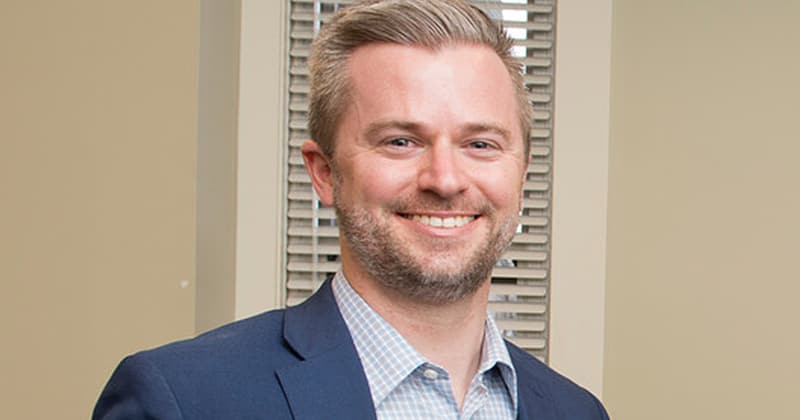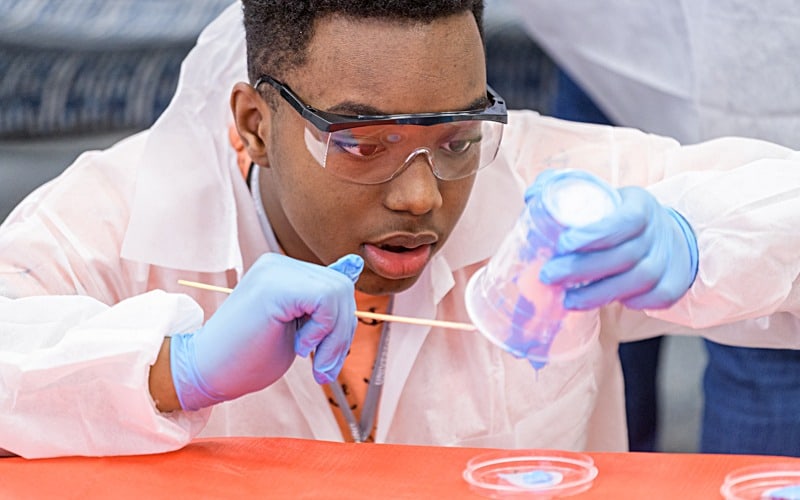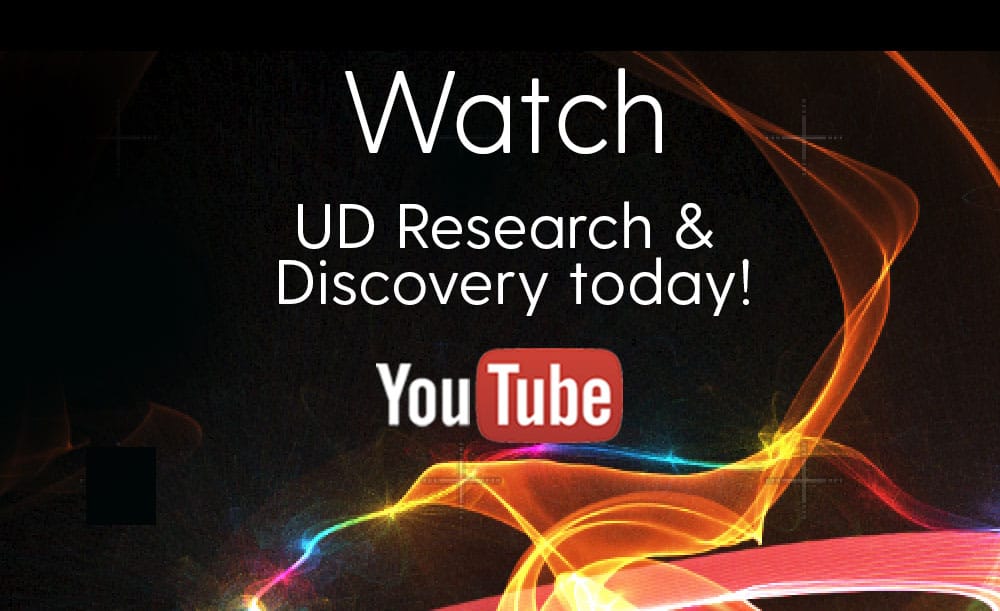RESEARCH
DISCOVERY
A Blog Devoted to UD Innovation, Excellence & Scholarship
COVID-19
Calm During Crisis
Bryan VanGronigen is an assistant professor of education in the University of Delaware’s School of Education, which is part of the College of Education and Human Development.
As the primary educational leaders of their schools, principals were often responsible for leading communities through the crisis. How did principals respond, and what can we learn from this experience?
Bryan VanGronigen, assistant professor in the University of Delaware School of Education, and his co-authors at the University of Pennsylvania and the City University of New York answer this question in “Calm During Crisis: School Principal Approaches to Crisis Management during the COVID-19 Pandemic,” a research brief published by the University of Pennsylvania’s Consortium for Policy Research in Education.
After an 18-member research team conducted interviews with 120 school principals across 19 states, VanGronigen and his co-authors identified four common themes among interview responses: a priority on basic physical and psychological safety, technological needs to access teaching and learning, the need for consistent, multimodal forms of communication, and a focus on social-emotional learning.
In an interview with UDaily, VanGronigen shares highlights from the team’s interviews with principals, many of whom went above and beyond to ensure the wellbeing of their school communities.
Q: Why did you and the larger research team feel that it was important to capture principal responses to the pandemic?
VanGronigen: Many schools and district offices were closed for a few weeks as educational leaders and others took stock and devised some kind of plan for a return to teaching and learning. At the same time, a small group of colleagues in my field led by Dr. Jonathan Supovitz (University of Pennsylvania) started to discuss how we might document the experiences of educational leaders working to bring “school” back.
An old adage is that crises can bring out the best (or worst) in leaders, and one of our goals was to capture as much as we could about what our nation’s educational leaders were doing in the early months of the pandemic. Moreover, it can be lonely at the top when you’re an educational leader. A second goal was to share what we learned with our participants in order to highlight that these leaders — despite being from 19 different states — were not alone and were contending with many of the same issues.






